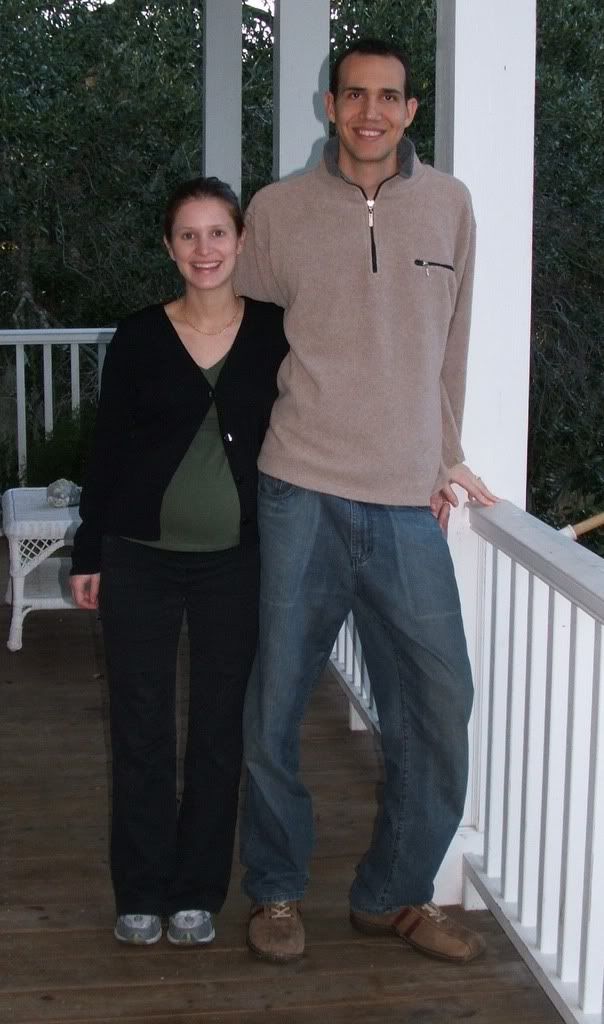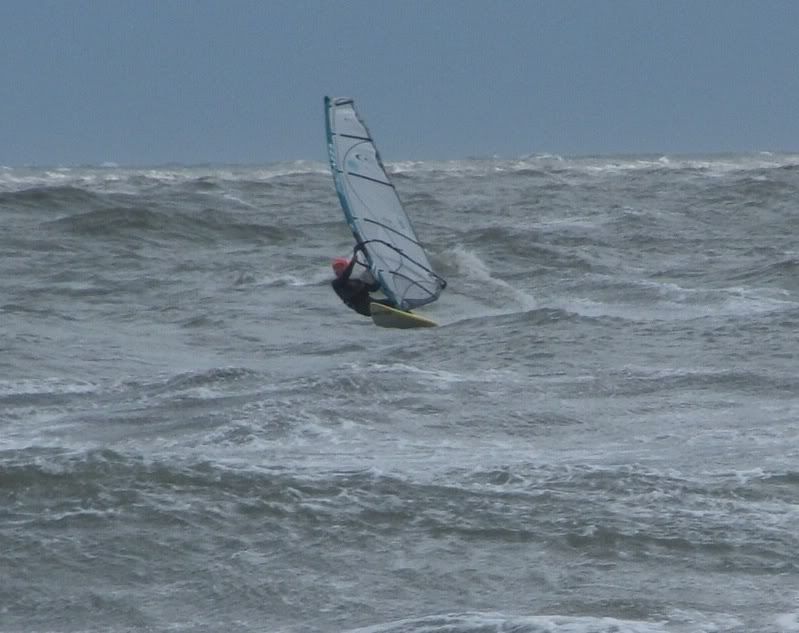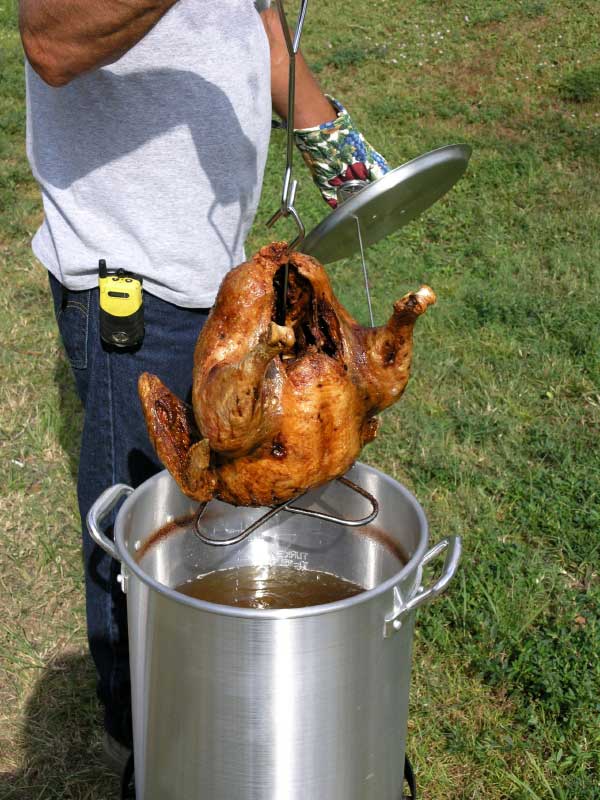Yet there IS hope! Right now we have an opportunity to get a fantastic waterfront park established right in the middle of Hampton Roads, at Fort Monroe.

Of course every unscrupulous developer from here to Timbuktu is slavering over the site, and unless those of us who want a park act fast, the greedy sobs will suck it all up for themselves. See the attached letter from the Fort Monroe National Park Foundation and send them some $$ if you can spare it.
Thanks.
This is a special appeal from the Fort Monroe National Park Foundation, a nonprofit educational foundation formed by leaders of the separate and earlier established Citizens for a Fort Monroe National Park (CFMNP.org). The foundation has commissioned -- and, with an initial stake contributed by foundation board members, has begun paying for -- a Hampton Roads regional waterfront parkland study by the Trust for Public Land. These respected national experts are already at work. The study will be vital for Fort Monroe's future, but it costs $15,000. We are asking for your IMMEDIATE HELP in raising the balance. Not one cent of your contribution would go to overhead or staff; we cover overhead, and we have no paid staff. Please help us by mailing a check as indicated at the bottom of this message.
Almost a half-century ago, our nation made a National Historic Landmark out of Fort Monroe, a peninsula nearly ten times the size of the moated fortress that it surrounds. We believe this entire Old Point Comfort peninsula, with four centuries in the public domain and going back to the origins of our nation, is precious in two fundamentally intertwined ways: historically and as a unique and scenic waterfront site lying exactly at the confluence of the Chesapeake Bay and Hampton Roads harbor in the geographic center of the region, featuring over three hundred acres of green space.
Others, however, perceive most of the open space of this National Historic Landmark as precious merely in a narrow, short-term financial sense. Virginia's 18-member Fort Monroe Authority (officially the Fort Monroe Federal Area Development Authority, often called the "FMFADA") has the power to sell off parts of Fort Monroe piecemeal, privatizing land that has been publicly owned for 400 years.
That's why an expert regional analysis is needed as to whether Virginia can afford to lose to development this precious open space, with its spectacular water views and two-mile promenade on the Chesapeake Bay. Public access to waterfront land is an important issue for the 1.6 million residents of Hampton Roads, and that issue intertwines in a fundamental way with the issue of preserving the National Historic Landmark for all Americans.
Yet no one has actually looked at how Fort Monroe figures in the issue of waterfront park space in Hampton Roads. So we commissioned a formal study by the Trust for Public Land (http://www.tpl.org/) -- a "national, nonprofit, land conservation organization that conserves land for people to enjoy as parks, community gardens, historic sites, rural lands, and other natural places, ensuring livable communities for generations to come."
The completed study will be delivered to both Virginia Secretary of Natural Resources Preston Bryant, who chairs Virginia's Fort Monroe Authority, and Governor Tim Kaine, who has the power to act on whatever the authority recommends concerning Fort Monroe's future.
All of the foundation's board members have spent substantial personal sums supporting efforts to educate the public regarding Fort Monroe's great value and potential. Despite that effort, we still need help from friends of Fort Monroe. The foundation has approval from the Commonwealth of Virginia to solicit funds, is operating in conformance with Section 501(c)3 of the Internal Revenue Code, and expects approval by the IRS as to tax-exempt status with respect to donations.
Please make checks payable to "Fort Monroe National Park Foundation" and send to:
Treasurer
Fort Monroe National Park Foundation
P.O. Box 097
Fort Monroe
VA 23651
Your assistance in securing this parkland study will help ensure an appropriate future for the national treasure that we all cherish. Ensuring that future is a once-in-400-years opportunity.
Please send any comments by reply e-mail, or enclose them with your check -- and please feel free to forward this message to any individuals or organizations that might be interested to know about this opportunity to help.
Thank you very much.
FORT MONROE NATIONAL PARK FOUNDATION
Henry O. Malone, President, and Louis L. Guy, Jr., Treasurer

















































